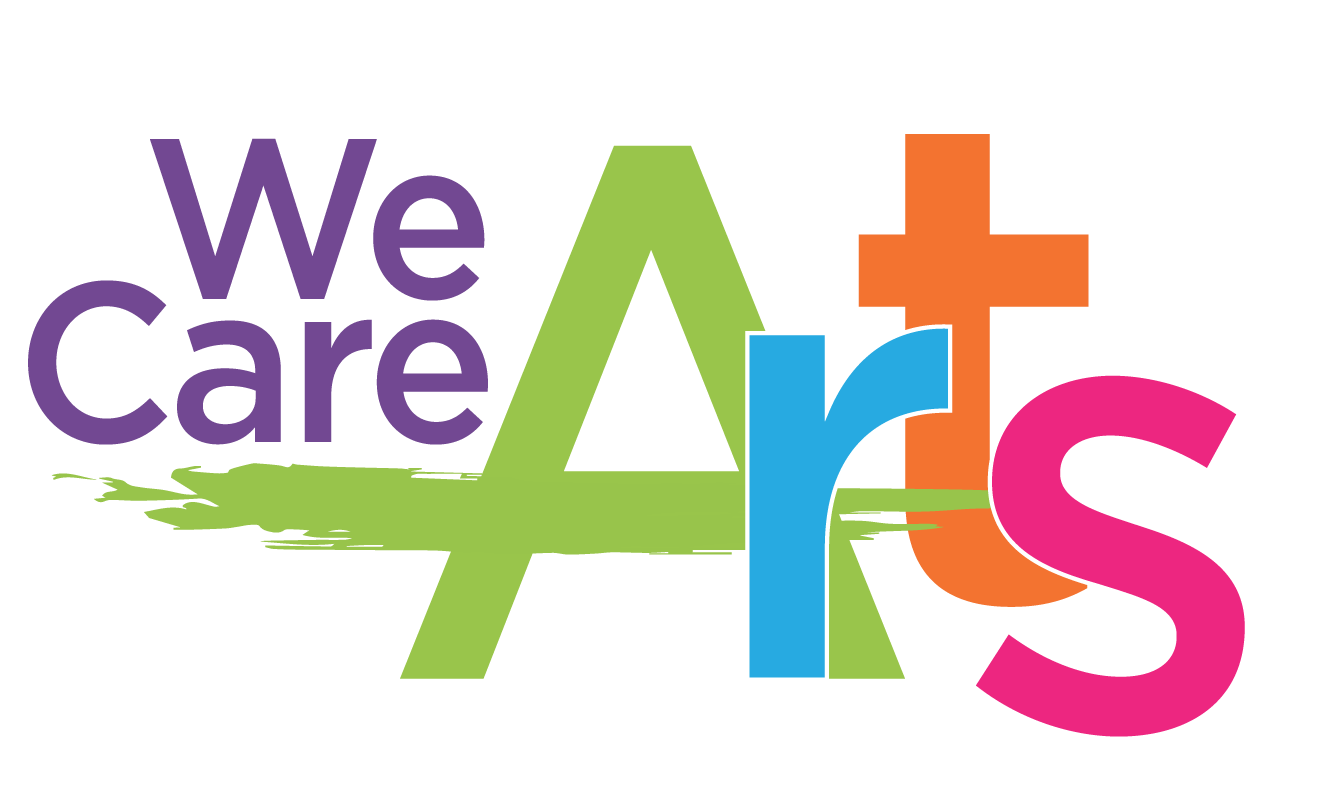Celebrating Mental Health Awareness Month: How Art Transforms Mental Health Journeys
Creating art has long been recognized as a powerful tool for enhancing mental health and well-being. Engaging in the arts, whether it’s painting, drawing, music, or any other form of creative expression, can serve as a beneficial outlet, providing a sense of accomplishment, an avenue for self-expression, and a means to alleviate stress. The act of creating art allows individuals to communicate thoughts and feelings that might be hard to express in words, offering a unique pathway to understanding and coping with emotions.



Mental Health Q&A
- Q: What is mental illness, and how does it differ from everyday emotional experiences? A: Mental illness involves significant disturbances in thoughts, emotions, and behaviors that impair daily functioning, whereas everyday emotional experiences are typical responses to life events.
- Q: Can mental illness affect anyone? A: Yes, mental illness can affect anyone regardless of age, gender, ethnicity, or socioeconomic status.
- Q: What are some common misconceptions about mental illness? A: One common misconception is that mental illness is a sign of weakness. In reality, it is a medical condition that requires professional treatment and support.
- Q: How can we reduce stigma surrounding mental illness? A: We can reduce stigma by educating ourselves and others about mental health, advocating for equal treatment, and supporting individuals living with mental illness.
- Q: Are there specific warning signs of mental illness to watch for? A: Yes, warning signs include changes in mood, behavior, sleep patterns, appetite, and social interactions that persist over time.
- Q: How can self-care practices help manage mental illness? A: Self-care practices such as exercise, mindfulness, and maintaining social connections can help manage symptoms and improve overall well-being.
- Q: Can medication help treat mental illness? A: Yes, medication can be an effective part of treatment for many mental illnesses, often used in conjunction with therapy and other interventions.
- Q: How does stress impact mental health? A: Prolonged or excessive stress can contribute to the development or exacerbation of mental health disorders.
- Q: Can lifestyle factors such as diet and exercise influence mental health? A: Yes, maintaining a healthy lifestyle can positively impact mental health by reducing stress, improving mood, and enhancing overall well-being.
- Q: What are some strategies for managing anxiety in everyday life? A: Strategies include deep breathing exercises, mindfulness meditation, regular exercise, and seeking support from friends, family, or a therapist.
- Q: How does social media affect mental health? A: While social media can provide connections and support, excessive use can also contribute to feelings of inadequacy, anxiety, and depression.
- Q: Are there specific challenges faced by individuals with mental illness in the workplace? A: Yes, stigma, discrimination, and lack of accommodations can create barriers to employment and career advancement for individuals with mental illness.
- Q: What is the importance of setting boundaries for mental health? A: Setting boundaries can help protect your mental well-being by establishing limits on what you’re willing to tolerate in relationships, work, and other areas of life.
- Q: Can volunteering or helping others improve mental health? A: Yes, acts of kindness and volunteering can boost mood, increase self-esteem, and provide a sense of purpose, all of which contribute to improved mental health.
- Q: What resources are available for individuals seeking mental health support? A: Resources include hotlines, support groups, online therapy platforms, community mental health centers, and primary care providers who can offer referrals and treatment options.
For those living with mental health diagnoses, art can be particularly transformative. It fosters a sense of calm, helps to reduce symptoms of anxiety and depression, and promotes a positive mood. Moreover, art programs have shown remarkable success in supporting individuals in their mental health journeys, providing not just a distraction from daily challenges but also a way to work through them. Engaging in creative activities can help build self-esteem, improve social skills, and even enhance cognitive functions, making art an invaluable tool in mental health treatment and recovery.
In light of this, we extend a heartfelt invitation for you to support our clients with mental health diagnoses through the powerful medium of art. Your contributions can take many forms: volunteer your time to help in the classroom, donate supplies from our wish list or offer a monetary gift. Your gift of $50 will provide art supplies for two classes! Each donation, no matter the size, has the potential to profoundly impact the lives of those we serve. Together, we can create a brighter, more colorful future for individuals facing mental health challenges. Your generosity can transform lives, one brush stroke at a time.
Q&A – OpenAI (2024)

Add Comment